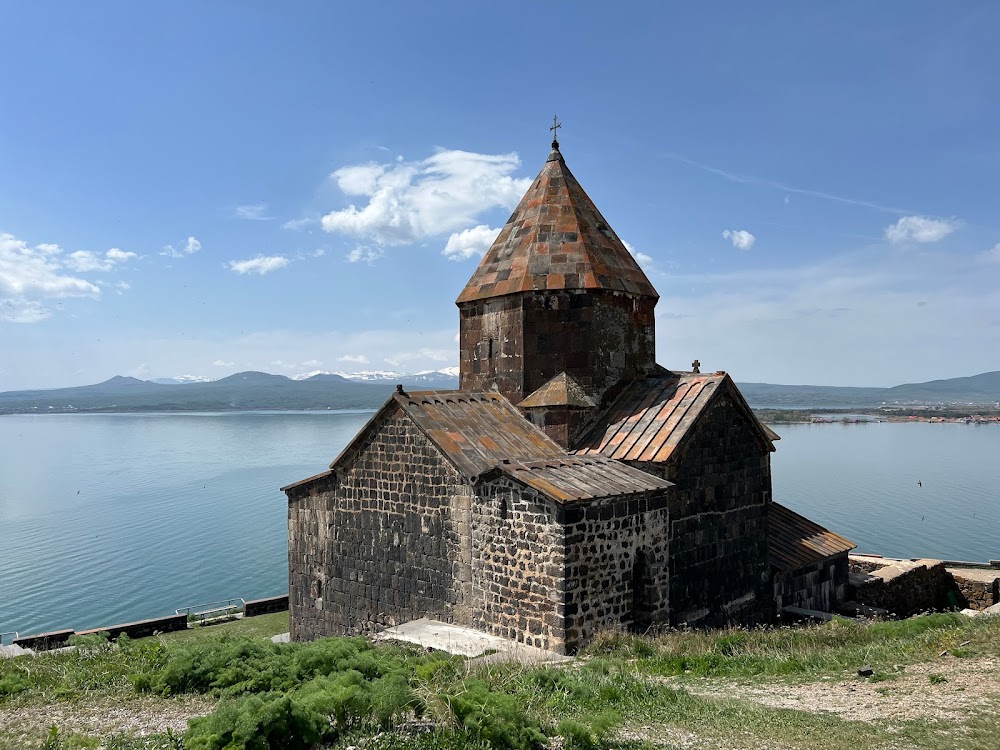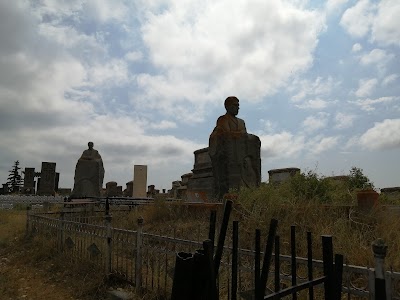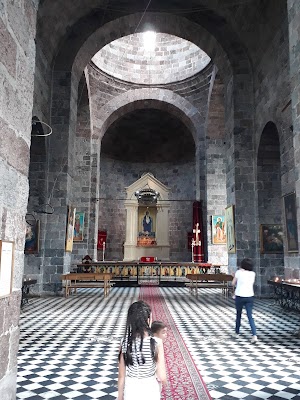Gandzakar Monastery (Գանձակարի վանք)
Related Places
Overview
Aghavnavank Monastery, also known as Gandzakar Monastery, is a captivating site nestled in the stunning landscapes of Armenia's Gegharkunik Province. This hidden gem of Armenian religious history invites visitors to experience both spiritual tranquility and breathtaking natural beauty, making it a must-visit destination for travelers seeking a deeper understanding of the region's cultural heritage.
Historical Background
Constructed during the 12th to 13th centuries, Aghavnavank Monastery emerged during a time of significant architectural and cultural flourishing in Armenia. Legend has it that a group of monks sought a remote sanctuary for worship and contemplation, leading to the establishment of this serene site. The name "Aghavnavank" derives from the Armenian word "aghavn," meaning "pigeon," symbolizing peace and the Holy Spirit, further enhancing the monastery's spiritual ambiance.
Architectural Marvel
The monastery showcases the exceptional craftsmanship of Armenian builders, utilizing local stone for its construction. The intricate carvings and bas-reliefs that adorn its walls reveal both religious and natural motifs, offering a glimpse into the artistic sensibilities of medieval Armenians. One of the standout features of Aghavnavank is its main church, Surb Astvatsatsin, or "Holy Mother of God." This church exemplifies traditional Armenian architecture with its cruciform layout and central dome, which not only contributes to the structure's grandeur but also symbolizes the heavens.
Interior and Spiritual Significance
Inside, the church's simplicity directs focus toward the sacred altar, where centuries of liturgies, prayers, and hymns have fostered a palpable sense of devotion. Partially preserved frescoes and ancient inscriptions further enrich the space, providing valuable insights into the spiritual life of its inhabitants over the ages.
Auxiliary Structures
Surrounding the main church are auxiliary buildings, including the monks' quarters and a refectory where the monastic community gathered for meals. While less ornate than the main church, these structures reflect the practical needs of a life dedicated to faith and minimalism, revealing the essence of monastic existence.
Khachkars and Cultural Significance
One of the unique features of Aghavnavank Monastery is its collection of khachkars, or cross-stones, scattered throughout the premises. Intricately carved with Armenian religious symbols and cross designs, these stone slabs serve as both monuments of faith and tombstones for monks. The khachkars add an additional layer of historical and artistic significance, enhancing the monastery's rich narrative.
Preservation and Restoration
The monastery’s remote location within the dense forests of Gegharkunik Province has played a crucial role in its preservation, shielding it from widespread destruction during invasions and conflicts. Recent restoration efforts have been undertaken to maintain Aghavnavank's structural integrity, ensuring that the cultural heritage it embodies is safeguarded for future generations. Specialists have meticulously restored worn carvings and stabilized ancient walls, breathing new life into this historical treasure.
A Memorable Destination
Today, Aghavnavank Monastery stands as a testament to Armenia's rich religious and cultural history. Visitors flock to this serene sanctuary not only for its spiritual significance but also for the stunning natural surroundings that envelop it. The harmonious blend of architectural beauty, historical depth, and natural wonder makes Aghavnavank Monastery a memorable destination for anyone eager to explore its quiet and sacred halls.









